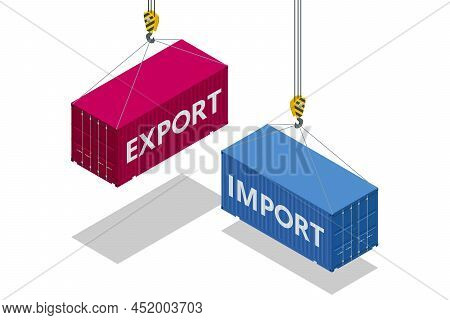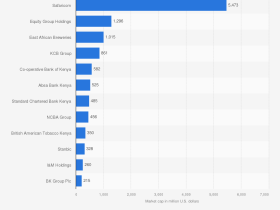
Uganda’s main exported goods
Uganda’s economy heavily relies on agriculture, natural resources, and a growing industrial sector, making exports a vital part of its economic structure. Below is an overview of Uganda’s main exported goods:
1. Coffee
Coffee is Uganda’s top export commodity, accounting for a significant share of the country’s export revenue. Uganda is Africa’s leading exporter of Robusta coffee, and its coffee beans are renowned for their high quality. The European Union, particularly Italy and Germany, is the main market for Ugandan coffee.
2. Gold
Gold is a key driver of Uganda’s export earnings, often surpassing coffee in revenue in recent years. The country benefits from both locally mined gold and re-exported gold from neighboring countries. The United Arab Emirates (UAE) is one of the largest buyers of Ugandan gold.
3. Fish and Fish Products
The fisheries sector contributes significantly to Uganda’s export earnings, with the Nile perch being the most sought-after product. Fish exports, mainly to Europe, the Middle East, and Asia, generate substantial income for the country.
4. Tea
Uganda is among the top tea-producing countries in Africa, with tea being a significant export product. The main destinations for Ugandan tea include the United Kingdom, Pakistan, and Egypt. Its tea industry is known for both black and green tea varieties.
5. Cocoa
Cocoa farming is growing rapidly in Uganda, and cocoa beans are increasingly becoming an important export product. The main buyers of Ugandan cocoa are European countries, where it is processed into chocolate and other cocoa-based products.
6. Horticulture Products
Uganda exports various fruits, vegetables, and flowers, including bananas, pineapples, avocadoes, and roses. The horticultural sector primarily targets European markets, particularly the Netherlands and Germany.
7. Tobacco
Tobacco is another significant agricultural export, contributing to Uganda’s economy. Ugandan tobacco is exported to regional markets in Africa and beyond, including South Asia.
8. Maize and Cereals
Uganda exports maize, rice, and other cereals to neighboring countries such as Kenya, Rwanda, and South Sudan. These products are crucial for food security in the region and generate foreign exchange.
9. Cotton
Although its contribution has declined over the years, cotton remains an important cash crop for Uganda. It is mainly exported to Asian countries for textile production.
10. Oilseeds and Pulses
Uganda produces and exports oilseeds such as sesame and sunflower, as well as pulses like beans and lentils. These products are in demand in countries such as India, which is a major market for Ugandan pulses.
Emerging Export Sectors
Crude Oil and Petroleum Products: Uganda is in the process of developing its oil sector, with the expectation that crude oil exports will soon become a major revenue source.
Processed Goods: As the country industrializes, processed products like juice, textiles, and packaging materials are beginning to make an impact on export markets.
Challenges and Opportunities
While Uganda’s export sector faces challenges such as fluctuating commodity prices, limited value addition, and infrastructural constraints, there is significant potential for growth. The government is investing in industrial parks, trade agreements, and regional integration efforts to improve export performance.
Uganda’s strategic location in East Africa, coupled with its rich natural resources and favorable climate, positions it as a key player in global trade. Diversification and value addition are expected to further boost the country’s export potential in the future.



Leave a Reply